
St. George


John Matel's Memorial Blog


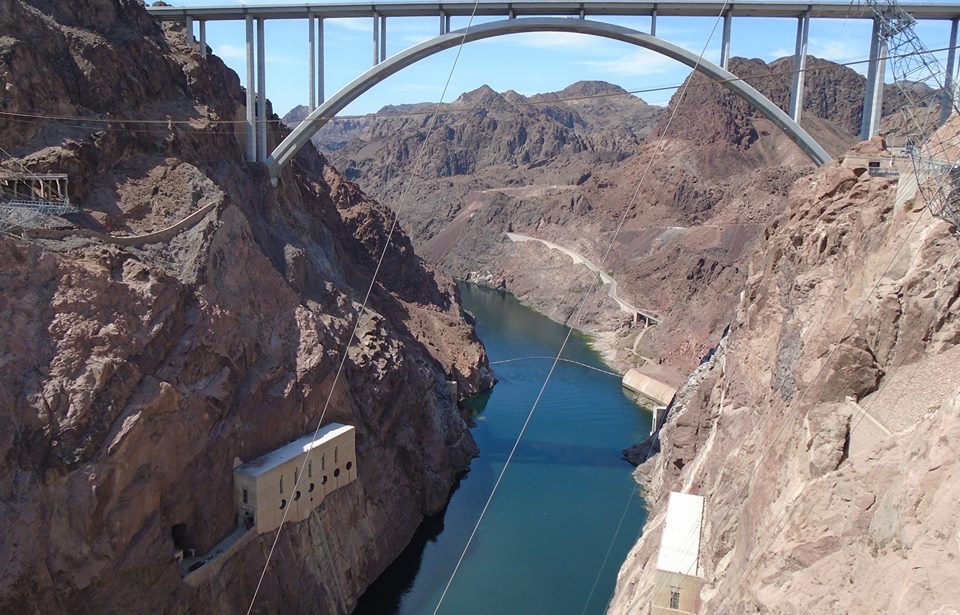
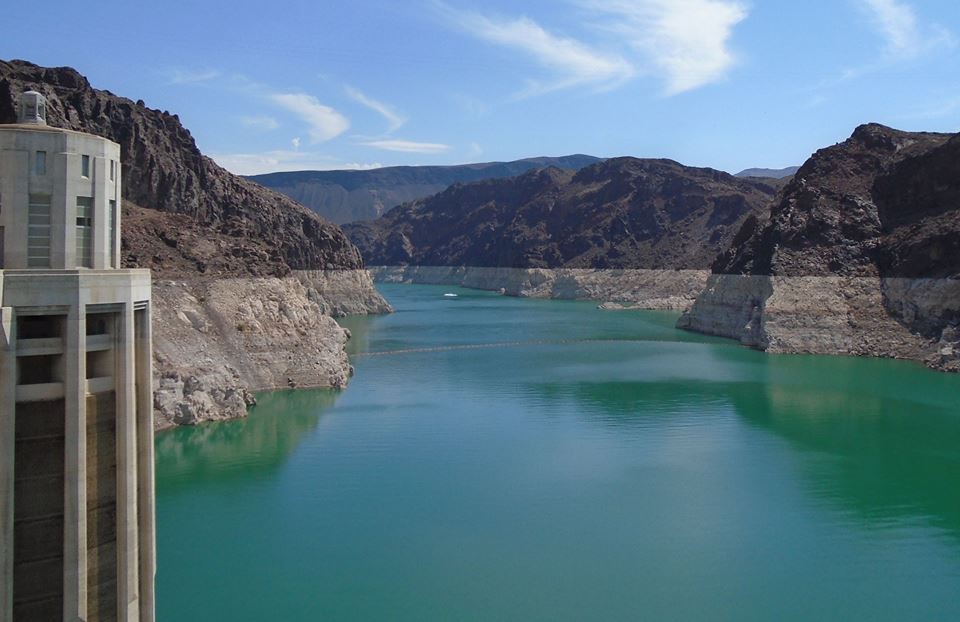
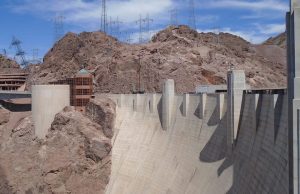
Visited Hoover Dam. It is a beautiful and impressive piece of engineering. Hoover Dam and others on the Colorado are a big contributor to the prosperity of California and the Southwest. We forget how much is really man-made. Large water works are what makes possible the large populations, industry and productive agriculture. There is no such thing as a natural resource, only natural potential.
Lake Mead is low because of the drought. The high water mark was in 1983. But there is not enough water to go around, even when the lake is full. Water has been over-allocated. More than 100% of the water has been promised to farms and cities. Worse, the allocation are based on “normal” years. Normal years are rare.


In Las Vegas steht ein hofbräuhaus. I wanted to walk around a little to see what could be seen. It is very hot in Las Vegas, 110 degrees and sunny. After about a mile and a half I saw an oasis, a hofbräuhaus. I stopped by and had the proverbial couple of beers. There was an old German guy there who told me of the great time they had last year when Germany beat Argentina for the World Cup.
The beer is good, but the art is a little diminished by the computerization. One of life’s pleasures is drinking a finely pored beer in a pleasant place and one of the great things about German beer is that getting the foam just right is is an art form. At the Las Vegas hofbräuhaus, they have a machine that does it perfectly each time. It is perfect, but I guess I prefer the corruptions of art. In true art, the process of creation is as important, maybe more so, as the finished product.
My draft to the Tree Farmer of the Year –
Some neighbors worried when the Wildlife Foundation of Virginia planned timber harvests on Fulfillment Farm. They thought it might hurt the wildlife, but that was almost twenty years ago. Today, their experience shows that the harvests have been helpful to wildlife and improved the sustainable health of the mixed forest ecosystem that sits on almost 2000 acres near Esmont in Albemarle County. Jenny West, Executive Director of the Foundation, explains that the goal is conservation and that means that human interaction with nature is an integral part of the sustainable future, and that Fulfillment Farm encourages hunting, hiking and birdwatching along with regular timber harvest.
The Foundation harvests around 65 acres of timber each year. This means that a given piece of land is affected about once every thirty years, which is a good rotation time in Virginia. Of course, some areas are not harvested at all. Fulfillment Farm supports significant wetlands, both natural and manmade, that provide habitats for waterfowl while enhancing water quality and recharging aquifers.
A hike across Fulfillment Farm rewards the visitor with experiences of a variety of habitats and environments. It is clear even to a casual visitor that this was a working Farm not very long ago. There still are fields planed in row crops, but now they are for wildlife. Pasturelands are transitioning into mixed forests and it is a joy to experience the early succession, sycamores near the water giving way to yellow popular as you walk up the hills all showing the impatient vigor of the new forests. It is interesting to observe the persistence of the grassland ecosystem. Their thick roots will resist the trees for a little longer and much of the open area is managed to keep it open.
Fulfillment Farm features some very large oaks of many varieties native to Virginia. Near the gate is a massive, ancient southern red oak, for example. Many stand in park-like glory, in a wonderfully inviting landscape. The great conservationist Aldo Leopold wrote that that you can read past decisions on the land today and oaks in particular tell a story. We can see that in earlier times the landowners did some high grading, cutting the bigger and more valuable trees. Current land management is remedying this by opening small but significant areas to oak regeneration. Oak regeneration is important in Virginia today. As our forests mature, relatively shade intolerant oaks lose out to shade tolerant species. But oak regeneration is tricky since it requires a balance of shade and sun, i.e. not full sun that favors pine and not deep shade that favors maple or beech. There also needs to be oaks nearby to provide acorns, which tend not to fall too far from the tree. Fulfillment Farm has several areas that meet these conditions and oaks for the next century are growing and thriving.
We congratulate the Wildlife Foundation of Virginia on their winning the Virginia Tree Farmer of the Year honor. Fulfillment Farm is an excellent example of what a Virginia tree farm should be – a place that balances production of forest products with protection of water, improvement of soils, habitat for wildlife and natural beauty. The fact that it is open to the public offers a showcase for tree farm values. It is well worth the trip and taking the time to savor the variety.
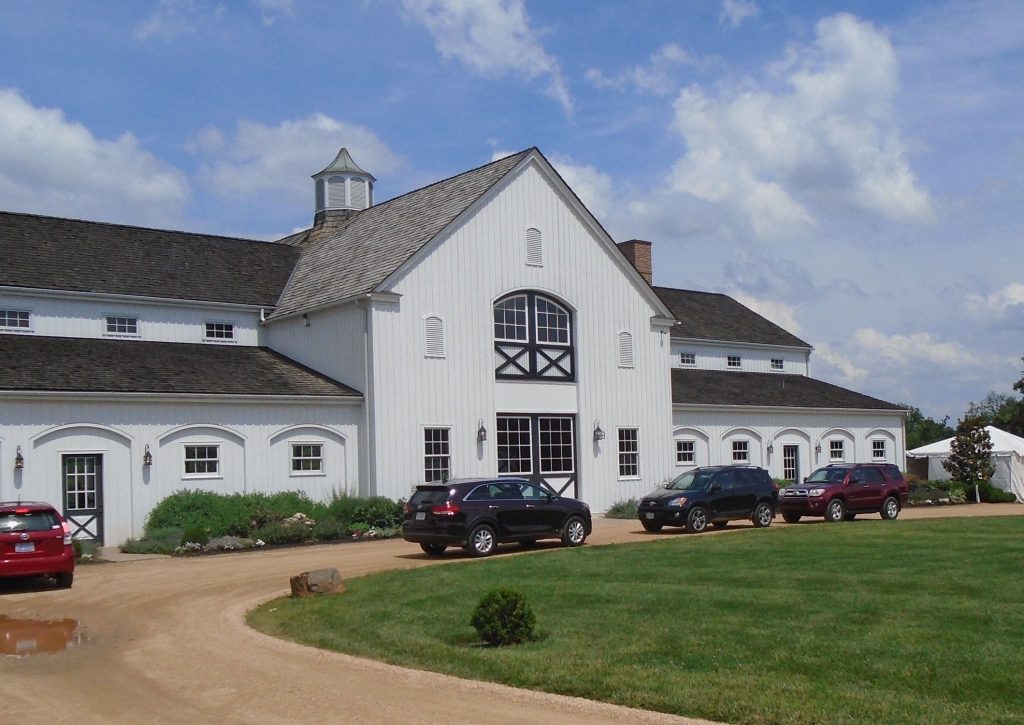
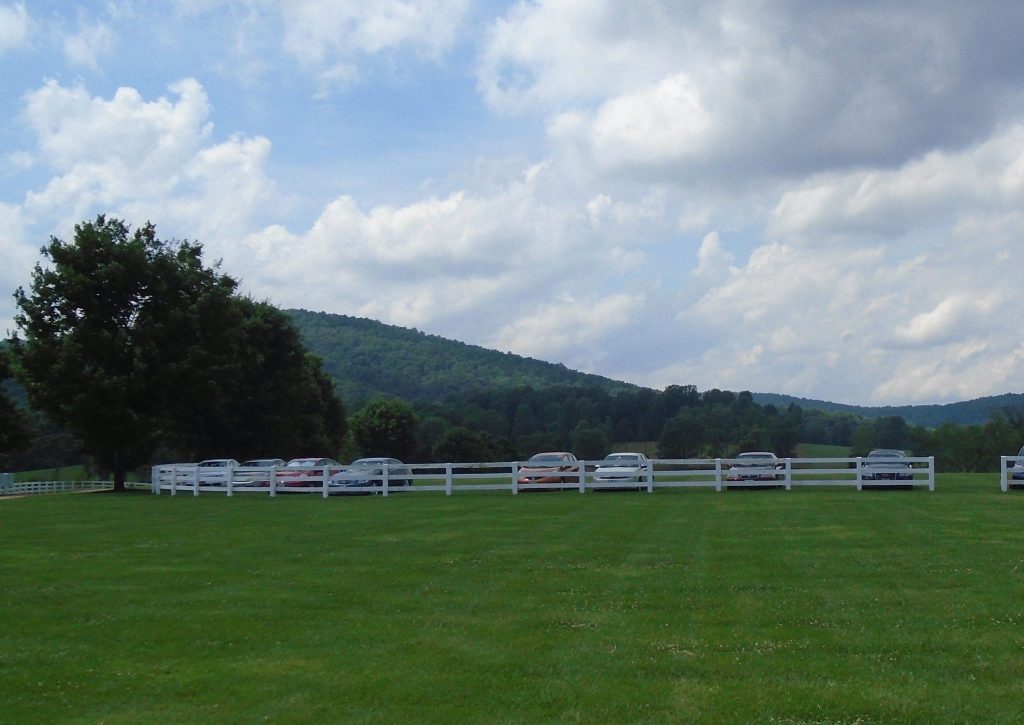
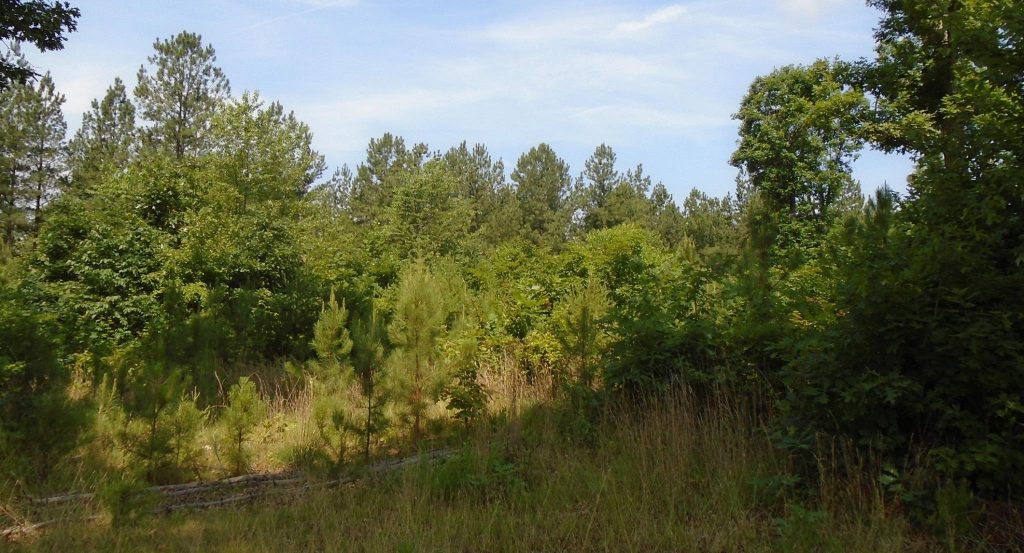
Near Fulfillment Farms is Castle Hill Cider. The whole area on the near side of the Blue Ridge is becoming a rural neighborhood of breweries, wineries, art galleries and cideries (is that a word.) The cider is all made with Virginia apples, most prominent the Albemarle Pippin, a favorite of Thomas Jefferson. Benjamin Franklin supposedly brought the variety into England, as an example of a superior American fruit variety, and in the nineteenth century, Queen Victoria liked it so much that the Brits exempted Virginia-grown apples from an import tax.
We bought a couple of bottles of the “Serendipity” cider, one of the sweeter varieties. Some pictures are attached.